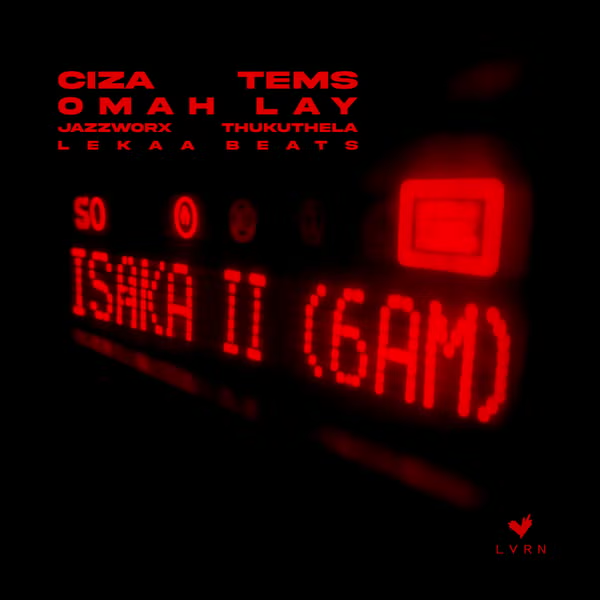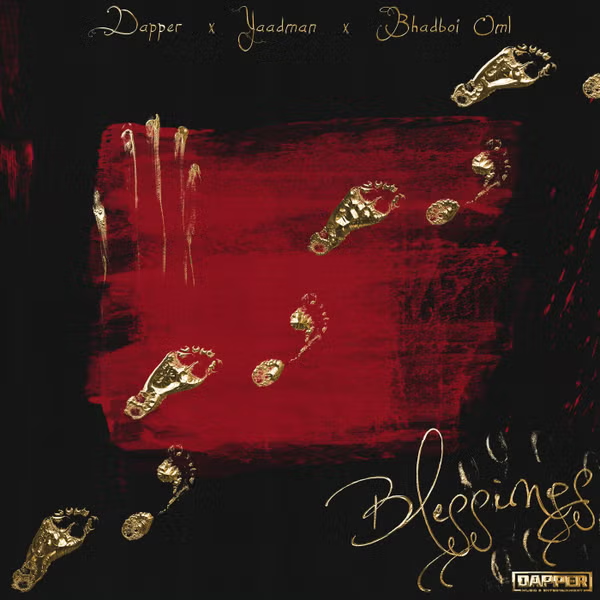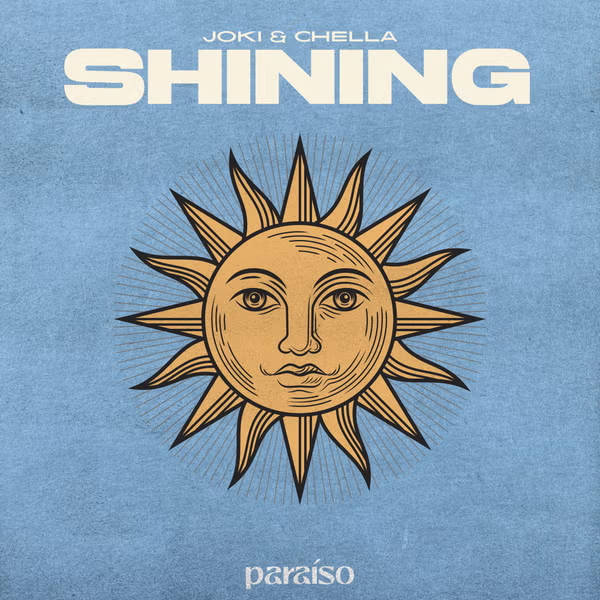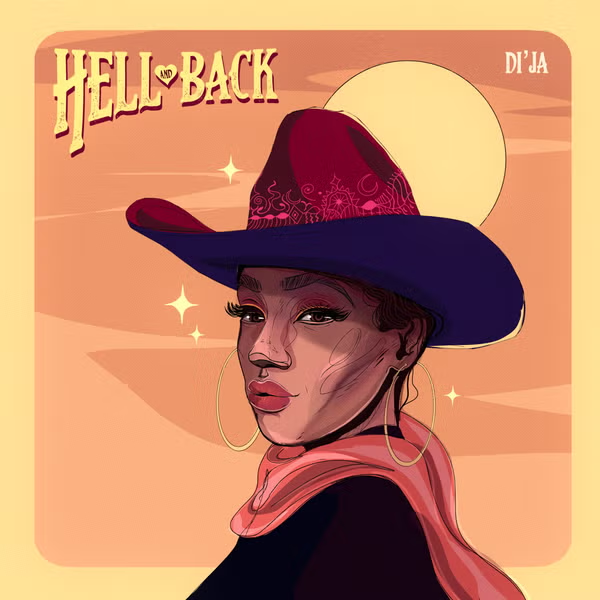When a tradition is designed to drive away bad spirits, and you no longer believe in bad spirits, what happens to the custom?
Midwinter horn blowing is a culture in the Netherlands that has to do with chasing evil spirits. The midwinter horn is a large, slightly bent, wooden horn with a length of 4 to 5 feet.
The horns are either glued together (dry horn) or hung in the water, making the two halves well and seamlessly fit onto each other, while hermetically closing the joints (wet horn).
A removable mouthpiece is added, the hap, made of elder wood. It is a real winter tradition, as the horn is blown as of the first Advent Sunday, to announce the birth of Jesus.
At Epiphany, on January 6, the final sounds are blown and the horns are put away again. There is a kind of standard for the melody, in the Twente dialect called (the old call), in Achterhoek dialect it is called d’olde roop en on the Veluwe people say de Olde rôep. Moreover, various neighborhoods and regions know their own melodies.
Most of the time they are monotonous melodies, sometimes blown above a well to amplify the sound. Six natural tones can be blown with a midwinter horn, by adjusting the tension on the lips.
The midwinter horn is always blown solo and the sound is a plaintive, melancholic tone that can be heard 4 or 5 miles away.
The fact that it is usually blown at twilight, contributes to the mystical atmosphere that is associated with the midwinter horn. The tradition is still going strong in Twente, the Veluwe, the Achterhoek, and southeast Drenthe. It is said that once you hear the sound of the horn you will never forget it.
I am glad to say that many people still carry on old-time traditions, often with more fun, less fearful, attitude. The horns are made from one-year-old elder saplings and are three to four feet long.
Many Dutch people make their own horns. Apparently out in the country, many Dutch farmers stand by their wells as they blow their horns, and the deep wells magnify the sounds.
There are competitions in midwinter horn blowing, with the aim to improve the quality of the blowing and promote the contacts between the blowers. The blowing is often passed on from (grand)parents to children. Nowadays midwinter horn courses are offered at music schools.
You can do some midwinter horn blowing yourself if you have a horn. If not, you can use a recorder or whistle, or you can make a horn from toilet paper rolls or drinking straws.
























